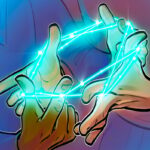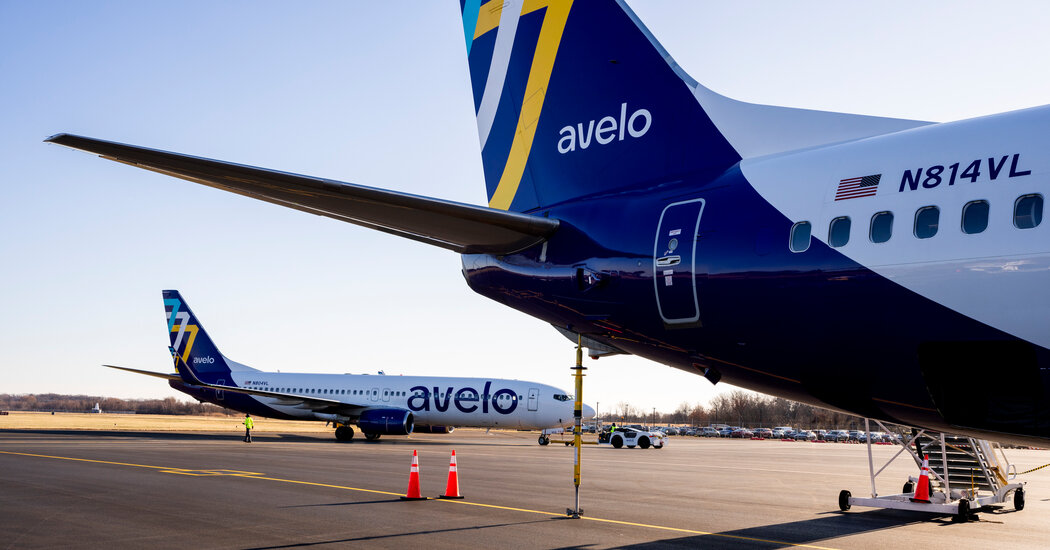It was just after sunrise, and we were racing to meet a local celebrity we had been doggedly tracking all morning. She’d been spotted grabbing a drink nearby, so we made a beeline to the nearest watering hole, arriving just in time to watch her gracefully slink away and disappear — delighting, then deflating, her thousands of fans expectantly watching via livestream.
We had found Tlalamba, the Queen of Djuma, a female leopard whose physical territory amounts to a patch of bushveld near South Africa’s Kruger National Park but whose digital dominion spans the globe.
That’s thanks to WildEarth, a TV channel that for 17 years has broadcast live safari drives from Djuma Game Reserve and other wilderness areas across South Africa. Those virtual safaris have turned Tlalamba and the leopards of Djuma into internet royalty, with five-figure Facebook follower counts and millions of views on YouTube, and fans increasingly willing to fly thousands of miles (and spend as many dollars) for the chance to have an audience with them.
During each safari livestream, a command center continuously filters and relays viewers’ questions to the presenters to answer in real time, creating an interactive experience.
Among WildEarth fans, Djuma’s resident lion coalitions and hyena clans also have scores of devoted followers. But the leopard — solitary, mysterious and mesmerizing — is inevitably the star of the show.
Wild leopards are typically skittish, and in many of Africa’s national parks and reserves, a leopard sighting is an extraordinary event. But Djuma, WildEarth’s longtime home base, sits in the Sabi Sand Nature Reserve, an association of privately owned game reserves renowned for its excellent leopard viewing — and for its exclusive, high-end safari lodges. Rates at Mala Mala and Londolozi, which pioneered the practice of tracking, identifying and naming the area’s leopards half a century ago, start at around $1,300 per person per night.
When WildEarth livestreamed its first virtual game drive in 2007, expanding on the original concept of the Djuma Dam Cam (a live waterhole camera that’s been running since 1998), it opened up this expensive corner of African wilderness to anyone with an internet connection.
WildEarth began offering its own safari trips to Djuma guided by the program’s presenters in 2019, and the response was immediate. The first trip’s eight available spots, each priced at around $12,600, sold out in three minutes.
The pandemic shut down WildEarth’s real-life safari business almost overnight. But its effect on the virtual safaris was equally profound. In a week, WildEarth’s YouTube audience numbers increased tenfold, from about 1,000 viewers at a time up to 10,000. Today, the channel counts seven million monthly viewers.
WildEarth’s most devoted fans know Djuma’s big cat dynamics and leopard lineages as intimately as the channel’s presenters, and there’s a near-constant stream of communication on social media about which cats have mated with each other and who is having whose cubs. Territorial standoffs, cats sizing each other up and even fights over breakfast are all caught on camera.
For avid viewers, it can be agonizing to miss even a moment of livestreamed leopard interaction. “There’s a huge case of FOMO when you’re not in touch,” said Lisa Antell, 63, of Greenwich, Conn., who tries to keep close tabs on the reserve’s leopards both online and on the ground. (As of her most recent safari last September, she has seen more than 100 different leopards in the wild.)
For Dawn Borden, 58, who started watching WildEarth with her young son “instead of ‘Blue’s Clues’” at home in Jackson, N.J., Tingana the leopard quickly became a favorite, and the pair followed him for years. In 2019, when WildEarth ran a sweepstakes offering a spot on its first safari to Djuma, Ms. Borden entered and won, sending her to Africa for the first time. She saw Tingana in her first hour of being at Djuma.
“Tears immediately came to my eyes,” she said. (WildEarth’s last sighting of Tingana was in 2021.)
Djuma Game Reserve’s owners have since closed their commercial safari camps to reduce their ecological footprint, a move that forced WildEarth to relocate its Sabi Sands home base to a neighboring property earlier this year. But these changes haven’t stopped fans from visiting nearby lodges whose vehicles are allowed onto Djuma, in the hopes of encountering their favorite WildEarth characters (both feline and human) while out on safari.
Last year, WildEarth launched a dedicated safari company called WildEarth Travel, which sold out its full 2024 run of trips — including an eight-night Grand Tour designed to be the ultimate fan experience, guided by five veteran WildEarth presenters, including viewer favorite James Hendry.
Ms. Borden booked her spot on the Grand Tour hoping she’d see Tlalamba, Tingana’s daughter, who now has a cub of her own.
The Queen of Djuma graciously granted her fans an audience. One morning, spotting a leopard’s tail dangling out of a distant tree, the group approached to see who it belonged to.
Ms. Borden recognized Tlalamba before Mr. Hendry had said a word.
Follow New York Times Travel on Instagram and sign up for our Travel Dispatch newsletter to get expert tips on traveling smarter and inspiration for your next vacation. Dreaming up a future getaway or just armchair traveling? Check out our 52 Places to Go in 2025.









